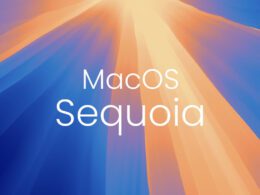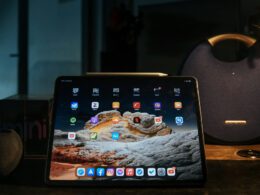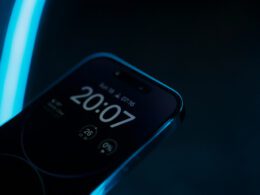AI-generated visuals—especially videos—are transforming creative and marketing workflows in 2025. As a result, creators are using text prompts to build studio-quality content with minimal effort. From Adobe’s Firefly expanding to mobile, to Google’s Veo 3 raising the bar for multimodal video, the tools available now are powerful, fast, and surprisingly accessible.
Adobe Firefly
Adobe Firefly has evolved into a mobile-first AI tool focused on commercial-safe image generation. It’s trained on licensed and public-domain content, so users can confidently use the results in branding or marketing.
Moreover, Firefly integrates directly into Creative Cloud apps, such as Photoshop and Illustrator, making image generation a seamless part of professional workflows. TechRadar notes that unlimited usage now comes standard, offering scale for content teams and solo creators alike.
Google Veo 3
Google Veo 3 is Google’s most advanced video generation tool to date. Unlike earlier models, Veo 3 includes synchronized audio—complete with speech, sound effects, and music. As a result, it can produce full cinematic sequences from a single prompt.
According to Wikipedia, Veo 3 also supports advanced shot control, narrative structure, and tone matching. Therefore, it’s becoming a go-to for filmmakers and storytellers looking to accelerate previsualization or concept development.
Midjourney V7
Midjourney, while known for still images, continues to evolve. The V7 release brings hyper-realistic rendering, dynamic lighting, and intricate style blending. Consequently, it remains a top choice for artists, illustrators, and visual designers.
In addition, its community-driven development model ensures fast iteration and a growing library of use cases. Whether you’re crafting concept art or surreal posters, Midjourney V7 provides unmatched flexibility.
OpenAI Sora
Sora, OpenAI’s text-to-video system, is now deeply integrated into ChatGPT for Pro and Plus users. While it doesn’t yet support real-time editing, it generates short clips that extend prompts into dynamic video segments.
TechAfricana highlights Sora’s strength in smooth camera movement, animation physics, and expressive subject rendering. As such, it’s ideal for creators who want to produce short-form video content quickly and affordably.
Recraft V3
Recraft is less mainstream but increasingly essential for design professionals. Unlike traditional tools, it focuses on vector-based generation with consistent branding elements—such as palette control and style preservation.
Furthermore, BrandVM notes that Recraft now outperforms Midjourney and DALL·E in maintaining logo integrity and typographic hierarchy. It’s especially effective in team environments where brand consistency is critical.
Choosing the Right Tool
Clearly, the best tool depends on your creative goals:
- For copyright-safe, branded content: Adobe Firefly
- For high-quality cinematic video: Google Veo 3
- For flexible visual aesthetics: Midjourney
- For quick prompt-to-video clips: Sora
- For brand-aligned design systems: Recraft
Ethics and Best Practices
It’s not just about what these tools can do—it’s also about how they’re used. For instance, Adobe Firefly is designed for commercial safety. In contrast, tools like Veo and Sora raise deeper questions around misinformation and deepfake potential.
According to the Times of India, watermarking and verification layers are now under development to help distinguish real from generated content.
Therefore, responsible use of these tools isn’t optional—it’s essential.
Conclusion
AI video tools in 2025 are not just helping creators—they’re changing the way we create. Whether you’re a solo artist or part of a global marketing team, the right tool can amplify your output dramatically. However, it’s important to align these tools with your values, your brand, and your audience.
Choose wisely. Create boldly.









